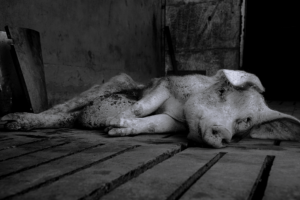In the 1990’s Bayer introduced a new way to market insecticides. Instead of offering sprays to farmers to counteract pests on an as-needed basis, companies coated commercial crop seeds with neonicotinoids (neonics for short), allowing them to sell seeds and insecticides together. Today neonics are the nation’s most widely used insecticides.
The poison – Neonics are unusually toxic. A single neonic-coated seed is enough to kill a bluejay. Billions of seeds are spilled at planting or left uncovered by soil. Neonics in seeds become systemic, making every part of the plant toxic including leaves, flowers, nectar and pollen. Thus, all the insects that feed on the plant ingest the toxins – including highly beneficial species like bees and other pollinators. Butterflies, bats, and mice are harmed, along with birds and other animals that rely on insects for food.
Neonics can persist in the soil for years. They are widely detected in the nation’s rivers and streams, bringing harm to freshwater animals, the most severely threatened groups of species.
Though little is known about the effects on human health, there is ample reason for concern. A CDC study estimated that about half of Americans had neonics in their urine. Widespread presence in drinking water in agricultural areas has been documented. Neonics are regularly detected at low levels in many foods, especially fruits and vegetables.
ample reason for concern. A CDC study estimated that about half of Americans had neonics in their urine. Widespread presence in drinking water in agricultural areas has been documented. Neonics are regularly detected at low levels in many foods, especially fruits and vegetables.
The profit – By the early 2000’s, neonic seed treatments gained traction, particularly on feed crops. Now, virtually all corn and more than half of soybeans are grown from neonic-treated seeds. Corn and soybeans are the top two U.S. crops, planted on 178 million acres last year. Together, they account for about 75% of all U.S. neonic usage. Counting just the shares of corn and soybeans used specifically for animal feed, about 50% all neonics are applied in the service of industrial animal ag.
About half of total U.S. neonic usage goes on the share of crops specifically used for animal feed.
Mergers among suppliers of seeds and pesticides have created a highly concentrated market, allowing corporations to dictate farmers’ choices. Just two companies (Bayer & Corteva) account for 72% of corn and 66% of soybean seed sales. Neonic seed coatings are a multi-billion-dollar business.
Despite limited evidence of benefits, neonic-treated seeds have become the default option for most corn and soybean farmers. Many don’t know how to source untreated seeds, don’t know the exact treatment they are using, or don’t even know they are using treated seeds because seeds with insecticides are the standard package.
The policy (or lack thereof) – Multiple studies have found that using treated seeds has little effect on corn and soybean yields nor do they markedly reduce pest damage in most years. Even the EPA concluded that “seed treatments provide negligible overall benefits to soybean production in most situations.” The agency has acknowledged that the most widely used neonic is “very highly toxic to aquatic invertebrates…highly toxic to bees, highly toxic to birds and moderately toxic to mammals.”
And yet, the EPA has been wholly ineffective in managing the threats. Maddeningly, the EPA does not regulate neonic seeds, nor is there any federal agency that tracks their usage. Meanwhile, the European Union has almost completely banned the use of neonics since 2018.
Conclusion: Take a highly toxic pesticide with limited efficacy and bundle it to increase sales. Use market power to make neonics the default option for feed crop farmers. Somehow convince the U.S. government that this widely dispersed toxin does not need to be monitored or regulated. Stand by while myriad species are harmed and the potential for human health risk grows. One more entry on the long list of negative externalities of industrial animal agriculture.







